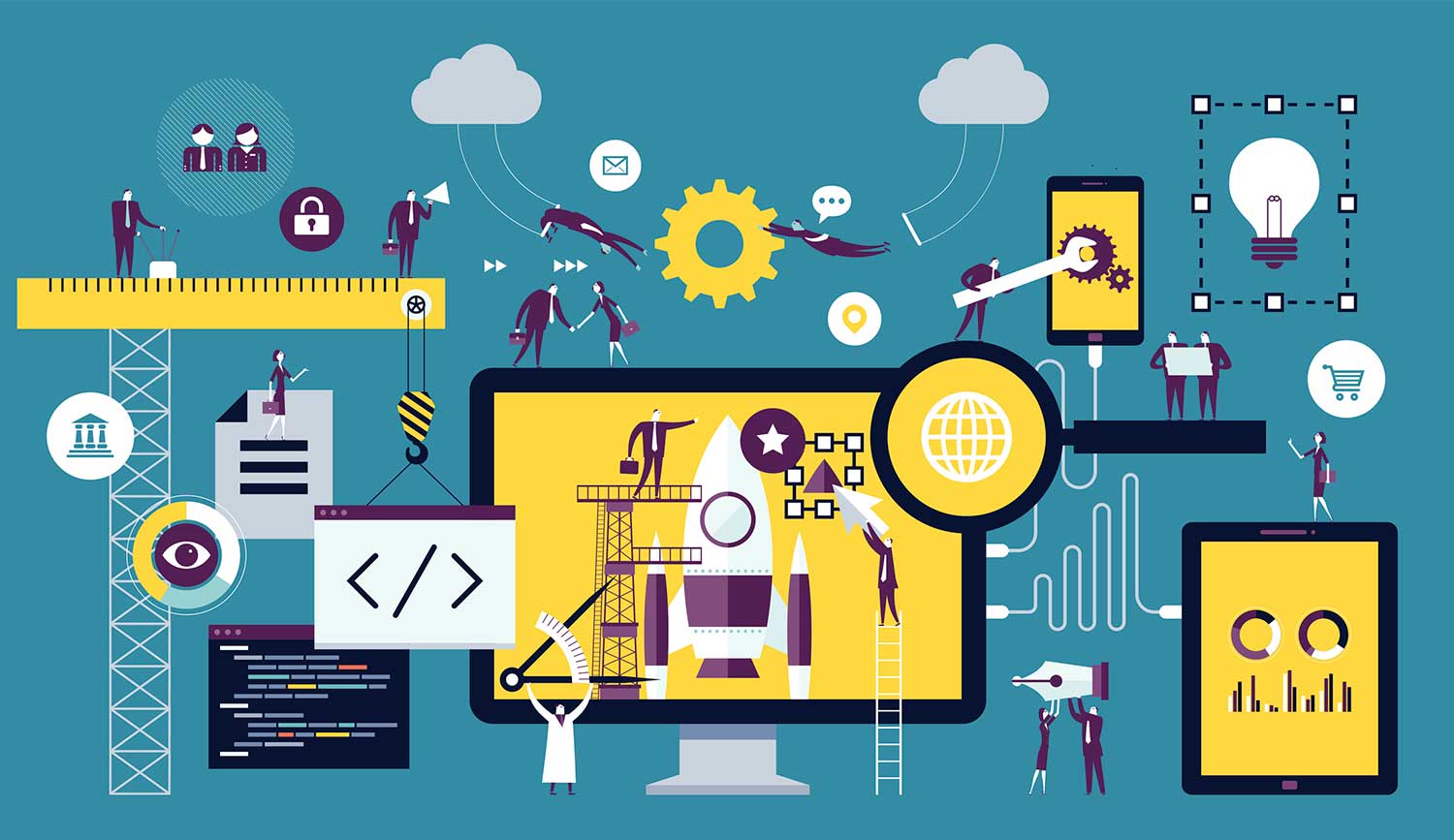We’ve all done it at some point in time – whether it’s with the car, the house, or a fitness plan. Once you forego a regular maintenance plan, getting your goals back on track will likely cost more, and be harder to execute.
Tech leaders face this challenge in their business relationships, as they petition their C-suite counterparts for modernization funding – and the need is urgent. A recent Gartner report, Building a Multiplatform Application Modernization Business Case, by Thomas Klinect and Stefan Van Der Zijden, estimates that 90% of current enterprise applications will still be in use. However, most of those will not have received sufficient modernization investment.
Most organizations can attribute the “why” part of that to amounts to a communications breakdown: Tech leaders certainly know the down and dirty reasons for legacy modernization, but they often lack the skills and/or the analytic and presentation tools necessary for conveying the vital business reasons for what can turn out to be a three- to ten-year process. Business leaders must be able to interpret easily the information they need to make a modernization decision. Without modernization, technical debt accrues quickly, and “business paralysis” sets in.
How Can Your Organization Succeed in Legacy Modernization
The best modernization plans, says the report, “chunk the work” in waves or stages, to target the most critical business capabilities. A wave should not exceed 12 months, say the Gartner analyst, to ensure that applications and business processes get the attention and funding they deserve. This time cap also chunks out the expenditure into smaller amounts less prone to challenge. And just as importantly, it avoids project fatigue and burnout in the organization.
The successful legacy modernization plan builds on four pillars:
- Problem statement: Explain your accrued technical debt in a way that motivates business leaders to take action.
- Technology migration: How can the new application(s) help the business, while keeping development cycles short?
- Project Description: A board is more likely to accept a prioritized, multiyear and multiplatform program that also includes a high-level view of the current estate.
- Cost-Benefit Analysis: Any successful modernization proposal must clearly define its potential impact on the business during development, including specific processes and applications, using relevant business metrics. This includes regular, automated code-level analysis.
Legacy Modernization: Getting a High-Level View
Gartner analysts underscore the need for the right metrics and analytic tools when selling a modernization program. When you’re creating the aforementioned Problem Statement, for example, you must measure and assess the impact of your current technical debt, as well as the risk, complexity, and cost, among other factors, of the modernization effort.
Likewise, the Project Description calls for a high-level view of your systems estate – a view that the analysts say CAST Highlight affords easily and effectively. Our Digital Readiness Platform uses Software Intelligence to identify and track the risks hidden within your digital transformation program. Without this 35,000-foot-high POV, you’ll have more difficulty presenting a well-prioritized, multiyear, multiplatform view of your modernization.
Gartner comments that it’s “cheaper and faster to complete a high-level application interconnection review using tools such as CAST Highlight.” And, not surprisingly, I agree! We’ve designed Highlight to let you provide your business colleagues with a solid profile of the applications you’re targeting for modernization. This profile includes the number of apps, architectures, and databases, types of databases, and the app languages within the portfolio.
Using Highlight, it’s much easier for you to draw a solid line between business processes and IT assets for your business audience. But even more importantly, our solution allows a business audience to understand complex modernization concepts – even without an applications and infrastructure background. To do this, Highlight transforms the information it analyzes into charts and graphs that business stakeholders will quickly grasp – and act upon.
Code Analysis: Another Essential Case-Builder
The most beneficial business-driven modernization, say the analysts, must assess the complexity of both the current applications landscape and the plan to modernize it. To gain a better view of how all of a business process’s applications interact within the enterprise, they recommend a purpose-built third party solution to automate static-code analysis, such as the one within the CAST Application Intelligence Platform. It opens up the hood of your enterprise, so that a business audience, can learn quickly how your applications interact with databases, start other applications, and communicate over the network with other products or APIs. It’s an architectural blueprint of your multi-tiered, multi-technology software.
Avoid the Groundhog Day Effect
I started this discussion with the dangers of “letting go.” So how can you not go there again, once you’ve achieved modernization success? When you use CAST AIP to review modernized applications on a regular basis for their business need, technical capability, code quality, and documentation quality, you’re averting technical debt and wasted hours. It’s just another way that our solutions are supporting digital transformation – and freeing up your time to better innovate for your organization.








SHARE